I often hear some people say that “photovoltaic lives off the weather”. Yes, in a way, it is true. When the sun goes down, the PV modules stop producing electricity. Light conditions are a decisive factor in the amount of electricity generated by PV. In addition, there is also the operating temperature of the modules which has an impact on the amount of electricity generated. High or low temperatures can cause a reduction in photovoltaic conversion efficiency. So, what are the effects of different weather conditions on PV modules? Today, I will tell you more about them.
1. Rainy
In case of continuous rainy or foggy weather with low solar radiation illumination, the PV system will not work if the operating voltage of the inverter does not reach the starting voltage of the inverter. Especially on flat roofs, when there is too much rain, there is a risk that the solar panels will be soaked by rainwater because of the relatively low mounting of the flat roofs. In order to prevent excessive water accumulation on flat roofs and the formation of small ponds, an additional set of drainage systems can be installed before the onset of heavy rainfall to effectively drain the water, and as long as the water does not accumulate too deeply, the impact on the panels will be minimal.
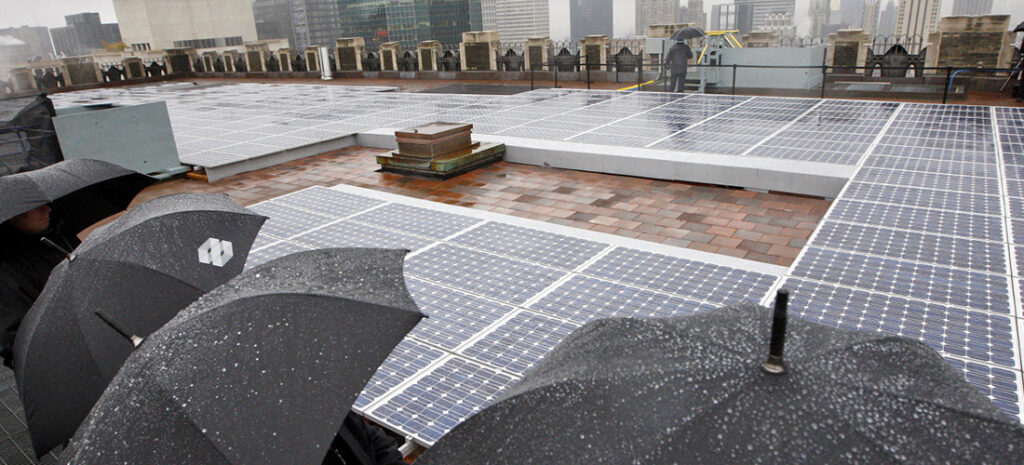
2. Thunder and lightning
The DC bus-bar, inverter and other equipment lines in the PV system are protected against lightning and overload. In the event of lightning strikes, leakage and other abnormal voltages, they are automatically switched off and disconnected, so there is no safety problem. Moreover, all metal edges and supports on the roof are grounded to ensure safety in lightning weather. Secondly, the surfaces of our PV modules are made of ultra-impact resistant toughened glass, which has been subjected to harsh tests during EU certification, making it difficult for lightning to damage the PV panels in general. The installation of a lightning protection system is an important basis for the success of lightning protection measures, which are generally taken into account by the installer during the installation of the power station.
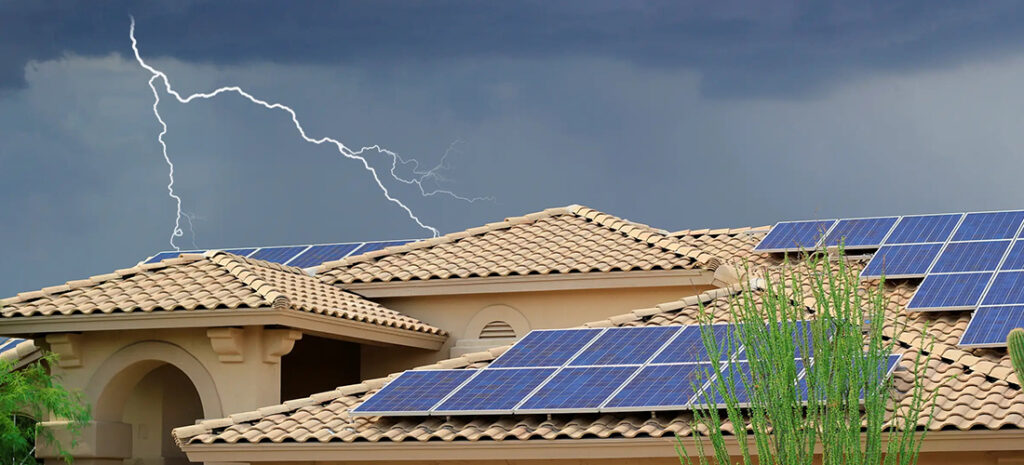
3. High or low temperatures.
PV modules extract energy from light rather than heat. So cold weather has nothing to do with how much PV power is generated. In areas prone to freezing temperatures, energy will be generated as long as sunlight shines on the modules. In fact, cold temperatures may make PV modules perform even better. Due to the temperature coefficient, high temperatures can instead trigger module power degradation as the PV module becomes hotter. The standard operating temperature of a PV module for normal operation is 25°C for the cells. Under operating conditions greater than 25°C, each degree of temperature rise will cause a corresponding attenuation in the module’s output power, at which point the PV module’s power output is affected by the module’s temperature coefficient. Typically, for every 1°C increase in cell temperature, the output power of the PV module is reduced by 0.42% of the reference value; Maysun Solar modules have a temperature coefficient of -0.34%.
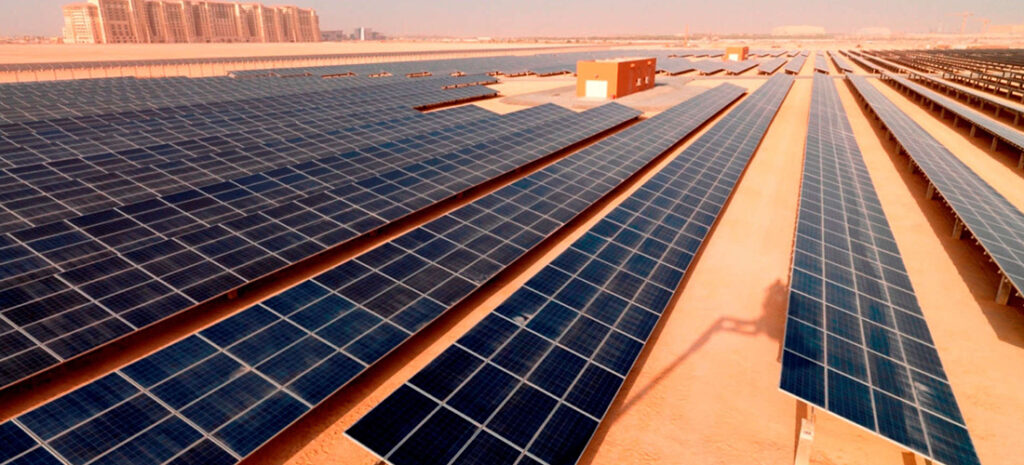
4. Snow accumulation.
PV modules and snow can co-exist and the amount of electricity generated by a PV module when covered with snow depends on the quality of the PV module and how it is installed. PV modules are manufactured to undergo thermal cycling tests to cope with extreme temperature changes in hot and cold climates. In TC tests, modules are subjected to extreme temperature changes. The PV modules under test are placed in an environmental chamber where the temperature is cooled to -40°C, held, then heated to 85°C and then held again. The modules are also subjected to maximum power currents as the temperature rises and the process is cycled 200 times.
Choose a black-framed module or an all-black module,with better heat absorption, it will melt snow faster than a normal module. If you live in a very snowy area, it is essential to clear snow from the modules regularly.
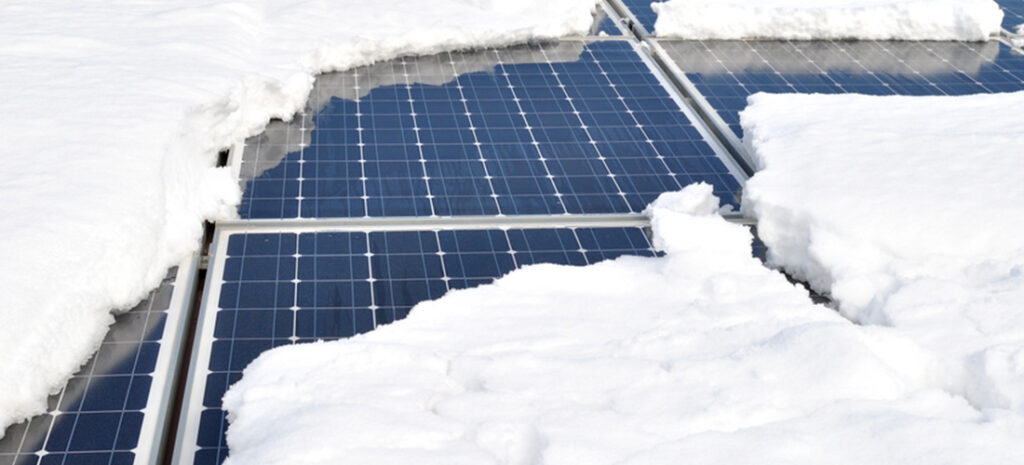
5. Hailstones
You might imagine solar panels being smashed by high-speed ice balls. Yet the glass on the surface of PV modules is rigorously tested. Qualified modules in a PV grid-connected system must pass stringent tests such as a maximum static load (wind and snow load) of 5400pa on the front, 2400pa on the back and a hailstone of 25mm in diameter hitting at 23m/s.* Hailstones are therefore not harmful to PV power systems. Except in extreme hailstorms, when egg-sized hail particles hit the PV panels, the PV plant is likely to suffer.
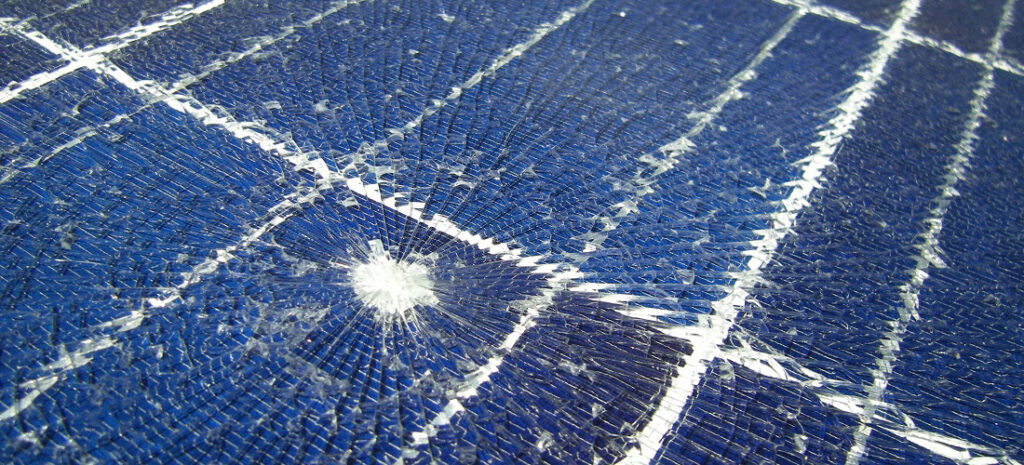
6. Typhoon
Modules are not only subjected to wind, snow and ice loads outdoors, but also to surface static pressures such as stacking and stepping. These can be tested using the experimental method of mechanical loading. According to IEC 61215: PV modules should have a gust safety factor of 2400 Pa, corresponding to a wind speed of 130 km/h. According to the typhoon rating, this means that the module product should be able to withstand typhoons of 12 or more.

Choosing scientifically designed, high quality modules and mounts, and solar PV panels that meet specifications are important factors for a household PV plant to withstand extreme weather. If there is a drop in power generation or other abnormalities occurring after extreme weather, you should promptly contact after-sales staff to visit your home for system inspection and replacement.
Maysun Solar has 14 years of professional manufacturing experience, we provide you with high quality and reliable PV modules with perfect and timely after-sales service, welcome to contact us!

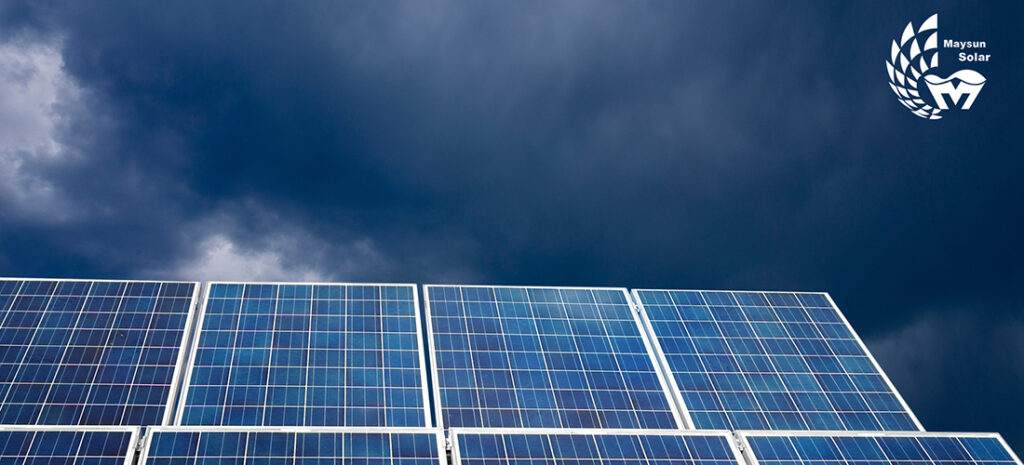

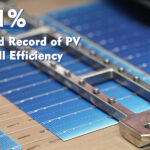
Pingback: The Largest PV Plant in Qatar: Al Kharsaah - Maysun Solar